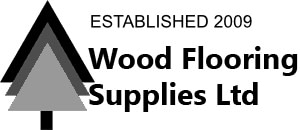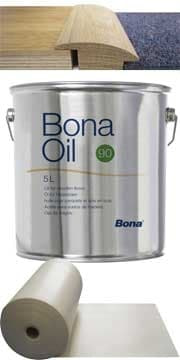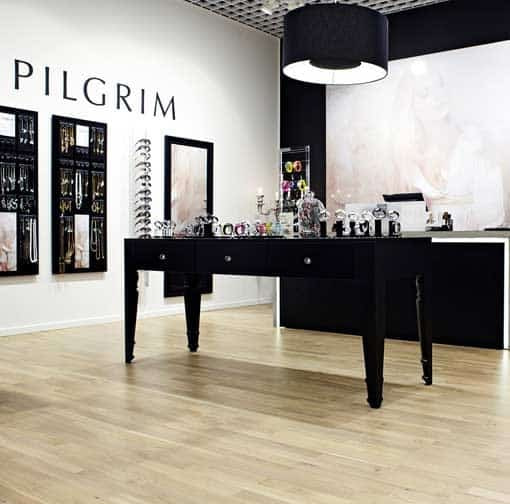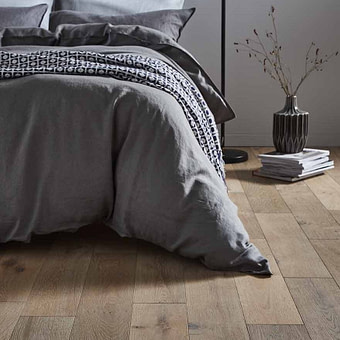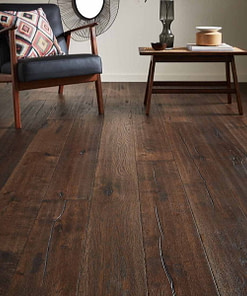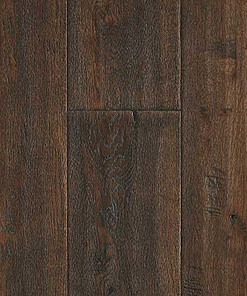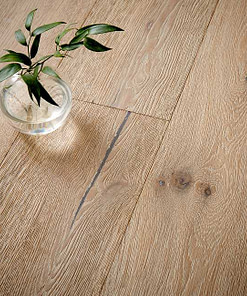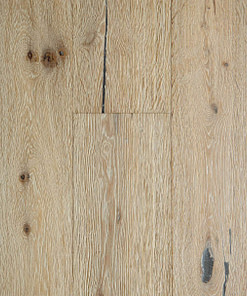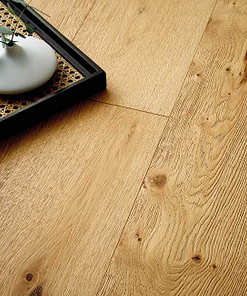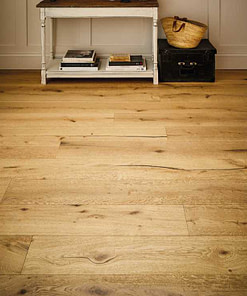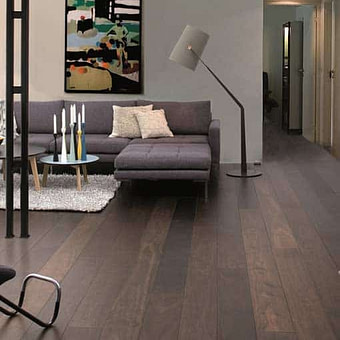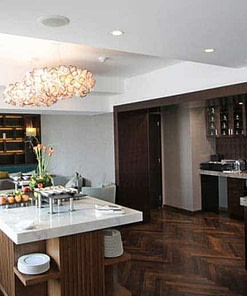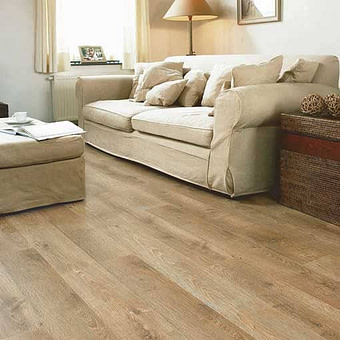Engineered Wood Flooring, Laminate Flooring, Solid Wood
The Ultimate Guide To Wood Flooring
Wood flooring has been a symbol of elegance and warmth for centuries. It’s a timeless choice that adds value to your home and offers a unique blend of aesthetic appeal and durability. In today’s world, where options are abundant and information is at our fingertips, making the right flooring decision can be overwhelming. This guide aims to be your one-stop resource for everything you need to know about wood flooring.
This comprehensive guide will delve deep into the types of wood flooring available, the installation process, maintenance tips, and much more. Whether you’re a homeowner looking to renovate or a first-time buyer trying to make the best choice, this guide will provide you with all the information you need to make an informed decision.
Quick Summary
This blog covers the A to Z of wood flooring, from types and installation to maintenance and FAQs. We’ll explore why wood flooring is a fantastic choice for any home, offering insights into its long-lasting appeal and value for money.
Table Of Contents
-
- Solid Wood
- Engineered Wood
- Laminate Wood
- Installation Methods
- Maintenance and Care
- Costs and Budgeting
- The Environmental Impact
- Unlocking the Potential: Final Thoughts
- FAQ
Why Choose Wood Flooring?
Aesthetic Appeal
First and foremost, let’s talk about the sheer beauty of wood flooring. The natural grains, the rich colours, and the timeless elegance it brings to any room are unparalleled. When you walk into a home with wood flooring, you immediately sense a level of sophistication that is hard to replicate with other materials.
Durability
Next, consider the durability. A well-installed and well-maintained wood floor can last for decades if not generations. This long-lasting nature makes it a wise investment for any homeowner. Unlike carpets that may need frequent replacing or tiles that can crack, wood floors stand the test of time.
Versatility
Additionally, wood flooring offers incredible versatility. Wood flooring fits right in whether you have a modern, minimalist home or a traditional, rustic setting. You can also stain or paint it to match your décor, offering endless customization options.
Value for Money
Lastly, wood flooring adds value to your home. Potential buyers often look for homes with wood flooring, recognizing its long-term value and aesthetic appeal. So, you get to enjoy the benefits while living in the house and reap financial rewards when it’s time to sell.
20mm Engineered Wood Flooring
Timba Floor 20mm Brushed & Oiled Engineered Oak Flooring 191mm Wide
20mm Engineered Wood Flooring
Timba Floor 20mm Brushed & Oiled Engineered Oak Flooring 240mm Wide
Caledonian Engineered Flooring
Caledonian Westray Very Rustic Engineered Oak Flooring 190mm Brushed & Oiled
15mm Engineered Wood Flooring
Contemporary Engineered Noma Smoked Oak Flooring Brushed & UV Oil
15mm Engineered Wood Flooring
Contemporary Engineered Nanzen Oak Flooring Brushed & UV Oil
Types of Wood Flooring
When it comes to wood flooring, the UK market offers a plethora of options, each with its unique set of characteristics. Whether you’re renovating a Victorian home or outfitting a new-build with a modern aesthetic, there’s a wood flooring type to suit your needs. Let’s delve into the most popular types available in the UK.
Solid Wood
What Is It?
Solid wood flooring, often referred to as ‘hardwood flooring,’ is made from single, solid pieces of wood. These planks are usually 18-20mm thick and are made from a variety of wood species.
Characteristics
- Longevity: Solid wood floors can last for decades, and they age gracefully. Their longevity makes them a popular choice for historic homes in the UK.
- Refinishing: One of the key benefits of solid wood is that it can be sanded and refinished multiple times, allowing you to update its look or repair wear and tear.
- Natural Beauty: The unique grain patterns and rich colours of solid wood are highly prized, offering a level of elegance that many find unmatched.
Limitations
- Moisture Sensitivity: The UK’s damp climate can be a challenge for solid wood floors, which can warp or swell with moisture.
- Cost: Solid wood is generally the most expensive option, but many consider it an investment in their home’s value.
Popular Choices in the UK
- Oak: European Oak is incredibly popular in the UK for its durability and rich, warm tones.
- Walnut: Known for its dark, luxurious look, Walnut is another favourite, although it’s softer than Oak.
- Ash: Offers a lighter colour palette and is often chosen for modern, minimalist spaces.
Soild Wood Flooring!
Engineered Wood
What Is It?
Engineered wood flooring consists of a top layer of natural wood adhered to multiple layers of plywood or other wood-based materials. The thickness of the top layer can vary, but it’s usually between 3-7mm.
Characteristics
- Stability: Engineered wood is less susceptible to changes in humidity and temperature, making it a good choice for the UK’s variable climate.
- Versatility: Suitable for use with underfloor heating systems, which are increasingly popular in the UK.
- Customisation: Available in various finishes and styles, engineered wood offers a broad range of design options.
Limitations
- Lifespan: While durable, engineered wood floors may not last as long as solid wood, especially if the veneer is thin.
- Refinishing: Can be sanded and refinished, but the number of times is limited by the thickness of the top layer.
Popular Choices in the UK
- European Oak: Just like solid wood, European Oak is a popular choice for engineered wood flooring in the UK.
- Grey Wood: For a contemporary look, grey-toned engineered wood floors are increasingly popular.
Laminate Wood
What Is It?
Laminate flooring is a synthetic option that mimics the look of wood using a photographic layer under a clear protective layer. It’s a cost-effective alternative to real wood.
Characteristics
- Ease of Installation: Laminate flooring is often chosen for DIY projects due to its simple click-lock installation method.
- Maintenance: Extremely easy to clean and resistant to stains and scratches, making it suitable for high-traffic areas.
- Cost-Effective: One of the most affordable options, ideal for those on a budget.
Limitations
- Feel and Sound: It doesn’t have the same natural feel as real wood and can be noisier when walked upon.
- Moisture Resistance: While some laminates offer better moisture resistance than others, they’re generally not suitable for wet areas like bathrooms.
Popular Choices in the UK
- Oak-Effect: Mimics the look of Oak but at a fraction of the cost.
- Tile-Effect: Offers the appearance of ceramic tiles, providing a rustic look that’s popular in country homes.
By understanding the characteristics, advantages, and limitations of each type of wood flooring, you can make an informed decision that suits both your aesthetic preferences and practical needs. Whether you opt for the timeless elegance of solid wood, the versatile durability of engineered wood, or the cost-effective convenience of laminate, the UK market has something for everyone.
Installation Methods
Nail Down
The traditional method involves nailing the wood planks to a subfloor. This method is generally used for solid wood flooring and is known for its durability. The nail-down method is best suited for homes with wooden subfloors and offers a stable, long-lasting result. However, it’s also the most labour-intensive and may require professional installation for best results.
Glue Down
In this method, an adhesive is used to stick the wood flooring to the subfloor. This is commonly used for engineered wood and is ideal for concrete subfloors. The glue-down method offers a stable, durable result but requires a clean, dry, and level subfloor for optimal adhesion.
Floating
The floating method involves attaching the wood planks to each other instead of the subfloor, allowing the floor to “float” above it. This is the easiest method and is often used for laminate and some types of engineered wood. The floating method is ideal for DIY installations and can be done over existing flooring, making it a quick and cost-effective option.
Maintenance and Care
Proper maintenance ensures that your wood flooring remains as stunning as the day it was installed. Regular sweeping or vacuuming removes dirt and debris, while occasional mopping with a wood-safe cleaner keeps it looking fresh. For solid and engineered wood, consider refinishing every few years to remove scratches and restore its original lustre.
Costs and Budgeting
Wood flooring is an investment, but it doesn’t have to break the bank. Solid wood is generally the most expensive, followed by engineered wood and then laminate. However, when budgeting, also consider the costs of underlayment, installation, and future maintenance.
The Environmental Impact
Wood flooring can be an eco-friendly choice if you opt for sustainably sourced materials. Look for certifications like FSC (Forest Stewardship Council) to ensure that the wood is harvested responsibly. Engineered wood and laminate options also often use less hardwood than solid wood flooring.
Unlocking the Potential: Final Thoughts
Wood flooring is more than just a surface to walk on; it’s an investment in your home and a statement of style. Its timeless appeal, durability, and versatility make it a standout choice for any homeowner. As you embark on your wood flooring journey, remember that the key to long-lasting beauty lies in the details—choose the right type, install it correctly, and give it the care it deserves.
FAQ
Frequently Asked Questions (FAQ)
What is the best type of wood flooring for pets?
Engineered wood is often recommended for homes with pets due to its scratch and moisture resistance. It provides the aesthetic appeal of solid wood while offering added durability, making it a pet-friendly choice.
How often should I refinish my wood floor?
For solid and engineered wood, refinishing is generally recommended every 7-10 years, depending on wear and tear. However, this can vary based on the type of wood, the finish used, and the amount of foot traffic the floor receives.
Can I install wood flooring myself?
While it’s possible to install wood flooring yourself, especially if you opt for a floating method, professional installation is recommended for the best results. Incorrect installation can lead to issues like warping, gaps, and squeaks, which can compromise both the look and longevity of your flooring.
Is wood flooring suitable for kitchens and bathrooms?
While wood flooring can be used in kitchens, extra care should be taken to avoid water damage. It’s generally not recommended for bathrooms where moisture levels are high. If you’re keen on a wood look in these areas, consider water-resistant options like engineered wood or even wood-look tiles.
How do I clean my wood floor?
Regular sweeping or vacuuming and occasional mopping with a wood-safe cleaner are generally sufficient for maintaining wood floors. Avoid using harsh chemicals or abrasive cleaning tools, as they can damage the finish.
What is the cost difference between solid, engineered, and laminate wood?
Solid wood is generally the most expensive, followed by engineered wood and then laminate. However, the total cost will also depend on other factors like the quality of the wood, the complexity of the installation, and any additional materials needed, like underlayment or adhesives.
Can wood flooring be installed over existing floors?
In many cases, yes. The floating installation method, often used for laminate and engineered wood, allows for installation over existing floors like tile or vinyl. However, the existing floor must be clean, dry, and level for the best results.
Is wood flooring suitable for kitchens and bathrooms?
While wood flooring can be used in kitchens, extra care should be taken to avoid water damage. It’s generally not recommended for bathrooms, where moisture levels are high. If you’re keen on a wood look in these areas, consider water-resistant options like engineered wood or even wood-look tiles.
How long does wood flooring last?
With proper care and maintenance, solid wood flooring can last for generations. Engineered wood can last anywhere from 20 to 100 years, depending on the thickness of the top layer and quality of the product. Laminate flooring typically lasts around 15-25 years.
Can wood floors be used with underfloor heating?
Engineered wood flooring is generally suitable for use with water fed underfloor heating systems, but it’s essential to check with the manufacturer for specific guidelines. Solid wood is less commonly used due to its susceptibility to temperature changes, which can cause warping or cracking.
If you found this blog informative then please consider reading –

